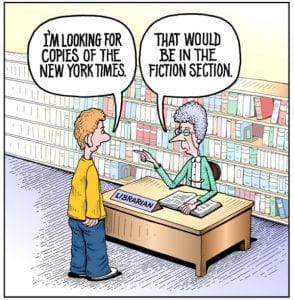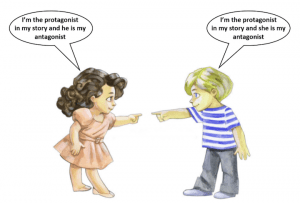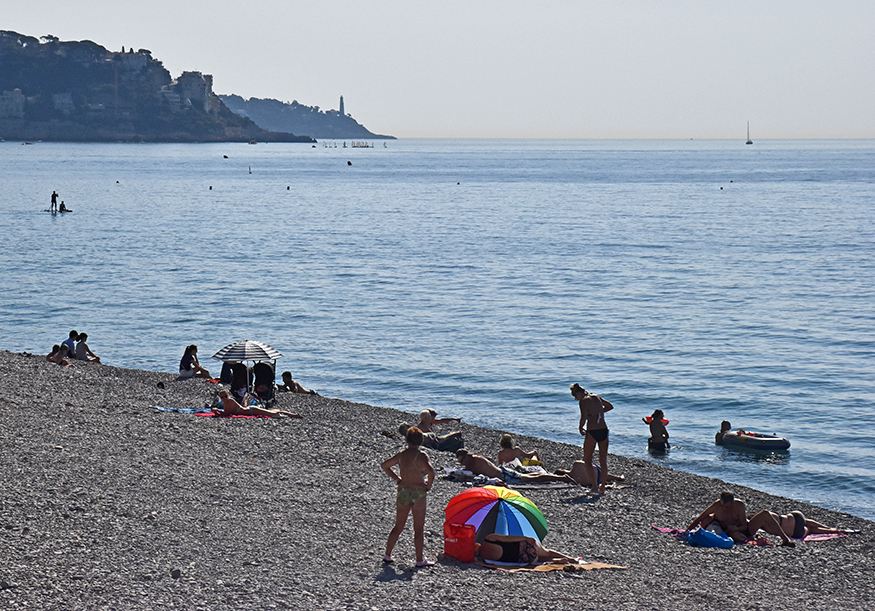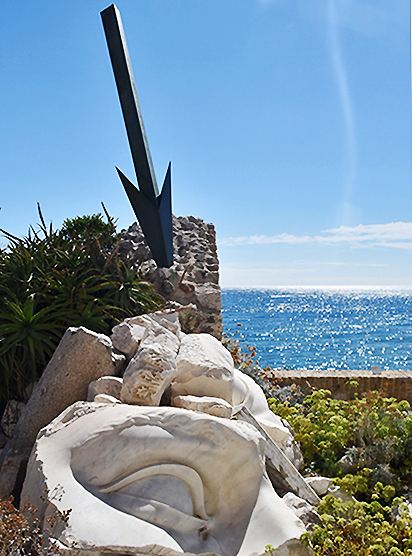 A technique enjoyed by thriller writers is to end each chapter with tension—the kind that makes readers want to turn the page. Along with short chapters, this maintains drama. I get that as a writer, but I also enjoy sudden events. Life is a mix of calm, solitude, relationships, drama, and sudden events or surprises. I would like to think that this reflects in my writing. Here’s some examples of chapter endings from my new book as examples of the different levels of tension. The context is onboard a submarine, under the Arctic.
A technique enjoyed by thriller writers is to end each chapter with tension—the kind that makes readers want to turn the page. Along with short chapters, this maintains drama. I get that as a writer, but I also enjoy sudden events. Life is a mix of calm, solitude, relationships, drama, and sudden events or surprises. I would like to think that this reflects in my writing. Here’s some examples of chapter endings from my new book as examples of the different levels of tension. The context is onboard a submarine, under the Arctic.
Jerry replied in a hushed tone. “If you enter this dark, cold world without a proper ceremony, the King of Ice will pour his wrath on you all. Get to your quarters and into your swimsuits. Be back here by 1700 hours. That gives you twenty minutes. Now go.”
and
Everyone nearby watched, fascinated as Kim’s steady hand scanned back and forth on the large amplifier dial, calibrating the ambient noise, temperature, and depth. She cross-checked the kinematic parameters—speed, direction, and even the supersonic sound waves. The computer was busy, looking for a match in Hammerhead’s extensive database.
Kim was honing in on the rogue visitor. Just a few more adjustments and a result jumped onto her screen.
“Got ya,” she bounced in delight, ripping off her headphones.
and
“Three-five-zero feet and closing.”
“Damn.”
Sailors perspired and clenched their fists. Movements around the Control Room slowed.
Bus Driver whispered the numbers, “Three-three-zero feet, three-zero-zero feet, two-seven-five—hell, we’re going to collide.”
Hawkeye froze, waiting for the sound of metal on metal or, worse, the sound of water flooding the room.


 “There are two sides to every story”
“There are two sides to every story” Definitions (from
Definitions (from I could not help thinking that the rises and falls are similar to the intentional (or unintentional) rising and falling of tension in a thriller like 3 WISE MEN. For some, a sudden rise in tension – for example, the unexpected death of a character – is too much, and they prefer a more gentle building of tension. The steeper the graph, the more rapid the rise in the number of viewers on this blog. Peaks often correspond with holiday periods – a time when readers have more time to indulge in blogging. The mathematical significance of this graph would not be lost on our protagonist – Jak Colins! As a writer of thrillers, I am acutely aware of the need for the peaks and troughs in the plot. After all, I do want readers to be glued to the text and not easily able to put the book down. On the other hand, I know it is important to establish characters and event – something that might look like the trough in the graph above. For me, I need to work hard to do this characterization in a style that still engages, and a technique I have found useful is the use of humor. Let’s have a brief look at this in my next post.
I could not help thinking that the rises and falls are similar to the intentional (or unintentional) rising and falling of tension in a thriller like 3 WISE MEN. For some, a sudden rise in tension – for example, the unexpected death of a character – is too much, and they prefer a more gentle building of tension. The steeper the graph, the more rapid the rise in the number of viewers on this blog. Peaks often correspond with holiday periods – a time when readers have more time to indulge in blogging. The mathematical significance of this graph would not be lost on our protagonist – Jak Colins! As a writer of thrillers, I am acutely aware of the need for the peaks and troughs in the plot. After all, I do want readers to be glued to the text and not easily able to put the book down. On the other hand, I know it is important to establish characters and event – something that might look like the trough in the graph above. For me, I need to work hard to do this characterization in a style that still engages, and a technique I have found useful is the use of humor. Let’s have a brief look at this in my next post.  This yellow E-Type Jaguar looks the part – on show in front of the muted tones of an Italian village perhaps? However, I saw the E-Type in 3 WISE MEN in a softer yellow.
This yellow E-Type Jaguar looks the part – on show in front of the muted tones of an Italian village perhaps? However, I saw the E-Type in 3 WISE MEN in a softer yellow. Léo thought it would be the perfect time of year to enjoy the charms of Nice, except for one problem – they were still waiting for their contact, and Romano held him personally responsible for the delay.
Léo thought it would be the perfect time of year to enjoy the charms of Nice, except for one problem – they were still waiting for their contact, and Romano held him personally responsible for the delay. Why does 3 WISE MEN begin in Antibes? Why not start somewhere else, like the morning that Jak left to make his presentation? This would keep the plot linear, like most thrillers.
Why does 3 WISE MEN begin in Antibes? Why not start somewhere else, like the morning that Jak left to make his presentation? This would keep the plot linear, like most thrillers.